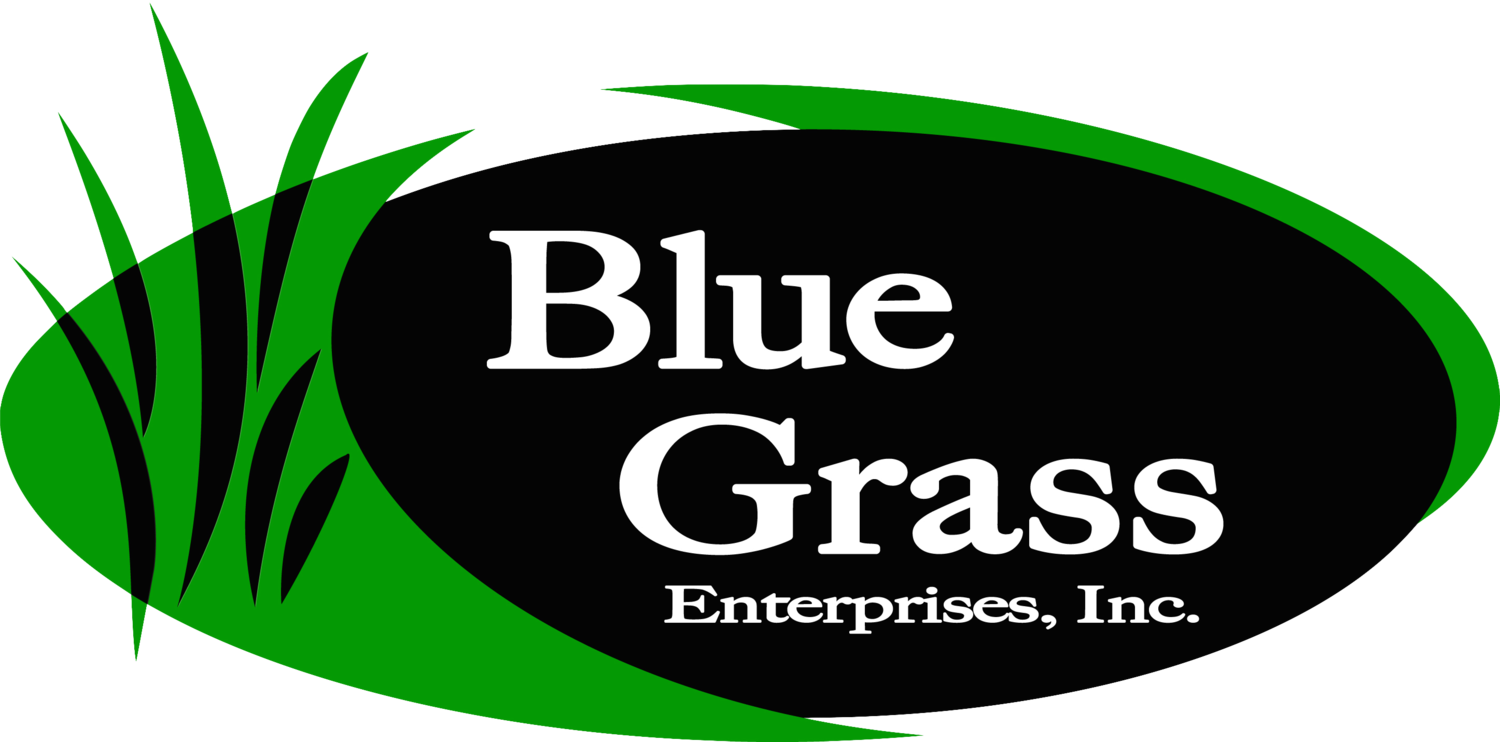Happy Spring!
Fortunately, for all of us. We are being encouraged to get fresh air and spend time doing little lawn projects. It’s time to apply Step 1 to wake up your yard with a dose of 13-13-13 (and gypsum or lime too!)!
Step 1 (13-13-13) for Spring Green-Up
It’s time for the first step of our feeding programs: 13-13-13
Our 13-13-13 is different from what you might see at big-box stores. Why?
Hot Blend vs Cold Blend after two weeks (2019 photo)
The main difference between ours and the cheap versions you might find at a big box store is that ours is a “hot blend”. A hot blend is a product that has been blended in such a way that each particle is homogenous, meaning that granule has every nutrient included, even the micronutrients.
Hot-blend products are generally of higher quality and more expensive to make (thus the higher price tag). But the benefits are significant. First off, the nutrients are more plant-available - resulting in a faster response from the plants. Additionally, when using a hot blend product you will have the most even spread of nutrients possible across your lawn which means a more even coloring and a decreased possibility for nutrient surplus if you are applying correctly.
I can already hear your next question!
“But wait! Isn’t phosphorus bad? Why do you recommend a starter fertilizer that contains a small amount of phosphorus in the early spring?”
Phosphorus is essential for root development and plant repair. While there is a certain amount of phosphorus that is stored in your soil, the uptake of phosphorus is inhibited by cold soil. Starter fertilizers like 13-13-13 contain just enough phosphorus to help jump-start spring growth and green-up. The inclusion of a little bit of P for root development is why starter fertilizers are used on sod or seed projects.
Once the soil temperatures warm up again the phosphorus that is already in the soil will become available for plant use again, helping you through the warmer months if you have good nutrient availability in your soil.
Dog Damage - Calcium is your dog’s best friend!
Calcium-based products like gypsum and lime are both great for dog spots.
What’s the difference between gypsum and lime? The main difference is in the pH of the products. Gypsum is 7.0 (which is pH neutral) while lime is just shy of 10.0. This means that if you need to raise the pH of your soil, lime is the product for you. If you are unsure of your soil’s pH, please consider doing a soil sample: https://www.bgsod.com/soil-sampling
13-13-13 + Gypsum
BFFs for your best friend’s lawn.
Gypsum is made up of calcium and sulfur and can be applied on the same day as your 13-13-13.
Calcium is both beneficial for plants (by contributing to healthy cell structure) and soils (by bonding with ions to help break up clay-based soils). Sulfur is beneficial to the immune system of plants.
Because of gypsum’s nutritional properties, gypsum helps grasses recover from salt and dog damage by tying up excess salts in the soil from both urine and ice melt.
Gypsum’s soil conditioning properties help in breaking up compacted soils, which increases water and nutrient absorption in the soil.
Increasing water absorption decreases runoff, increases oxygen content for healthy soils, and will help preserve vital topsoil that could be washed away in spring deluges.
Gypsum is a win-win-win.



